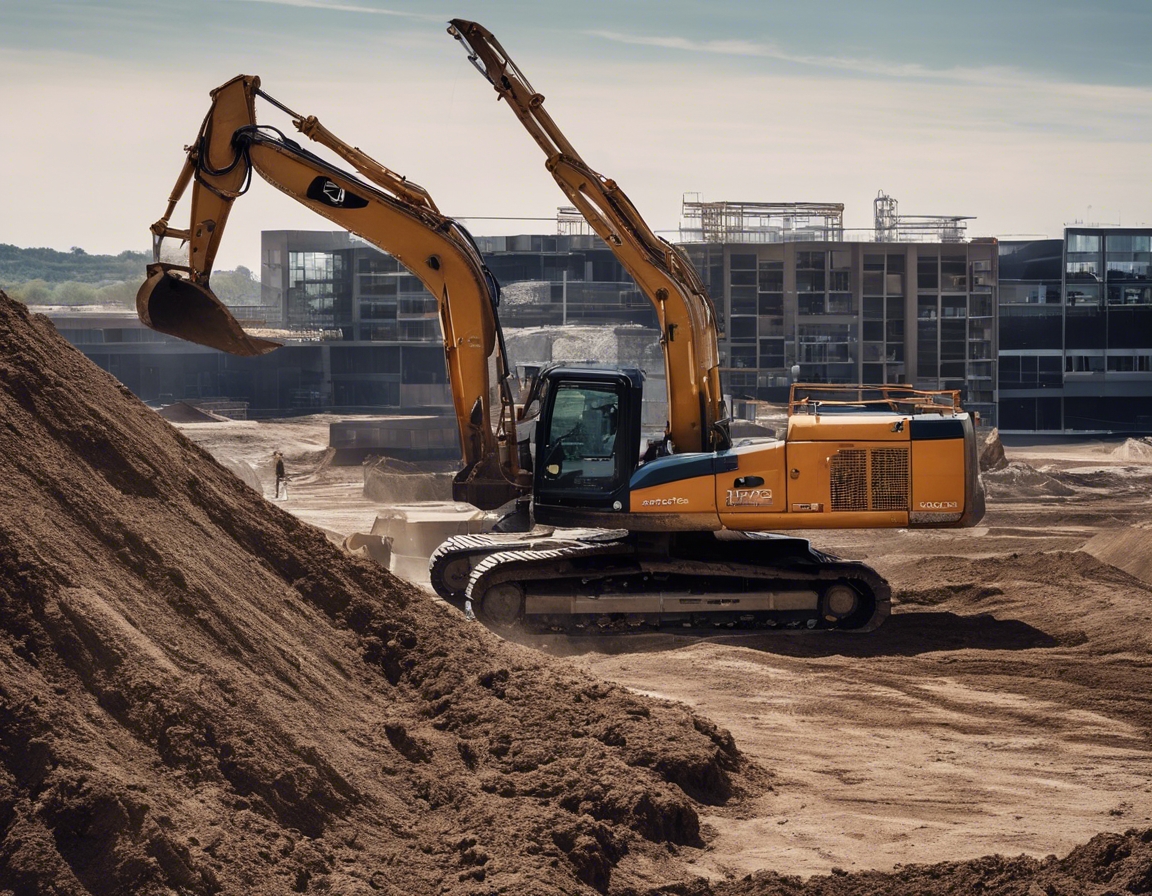Landscaping 101: transforming your outdoor space
Landscaping is an art and science of modifying the visible features of an area of land to create an environment that is both aesthetically pleasing and functional. It involves a blend of horticulture, architecture, and environmental design to transform outdoor spaces.
A well-planned landscape not only enhances the beauty of your property but also adds value to it. It can provide a tranquil retreat, encourage local wildlife, and even reduce energy costs through strategic planting.
Assessing Your Outdoor Space
Understanding the type of soil and the terrain of your property is crucial for a successful landscaping project. Soil testing can determine nutrient content, pH level, and other factors that will influence plant health and growth.
The climate in Estonia, particularly in Tartu and Southern Estonia, can greatly affect your landscaping choices. Considering the amount of sunlight your space receives will help in selecting the right plants that will thrive in your environment.
Designing Your Landscape
Developing a master plan is the first step in the design process. It should reflect your aesthetic preferences, functional needs, and long-term maintenance considerations.
Selecting plants that are suited to your soil, climate, and the desired level of maintenance is essential. Incorporating a mix of perennials, shrubs, and trees can create a diverse and resilient landscape.
Hardscaping refers to the non-living elements of landscaping such as walkways, patios, and retaining walls. These features can add structure and usability to your outdoor space.
Executing Your Landscaping Project
Proper ground preparation is key to a successful landscaping project. This may involve grading, drainage work, and soil amendment.
Once the ground is prepared, planting can begin. If your design includes hardscaping elements, this is the time for construction. It's important to follow the master plan closely to ensure the desired outcome.
Regular maintenance is necessary to keep your landscape looking its best. This includes tasks such as watering, pruning, fertilizing, and managing pests.
Eco-Friendly Landscaping Practices
Incorporating native plants into your landscape design not only supports local ecosystems but also tends to require less maintenance and water.
Water conservation is important, especially in areas with limited resources. Techniques such as rainwater harvesting and drip irrigation can be effective.
Creating habitats for local wildlife can contribute to biodiversity and bring a natural balance to your garden. Consider features like birdhouses, native flowering plants, and water sources.






Comments (0)